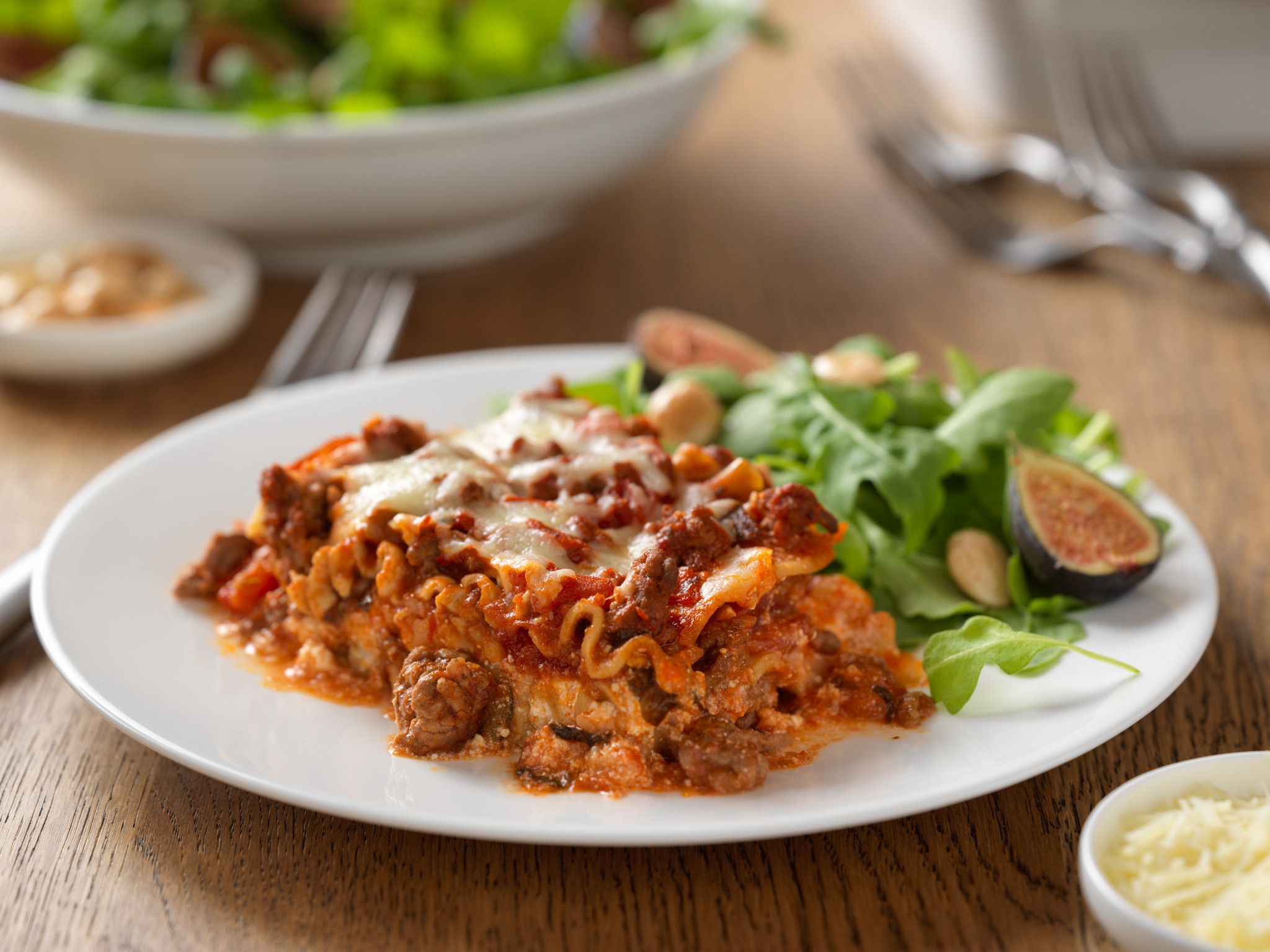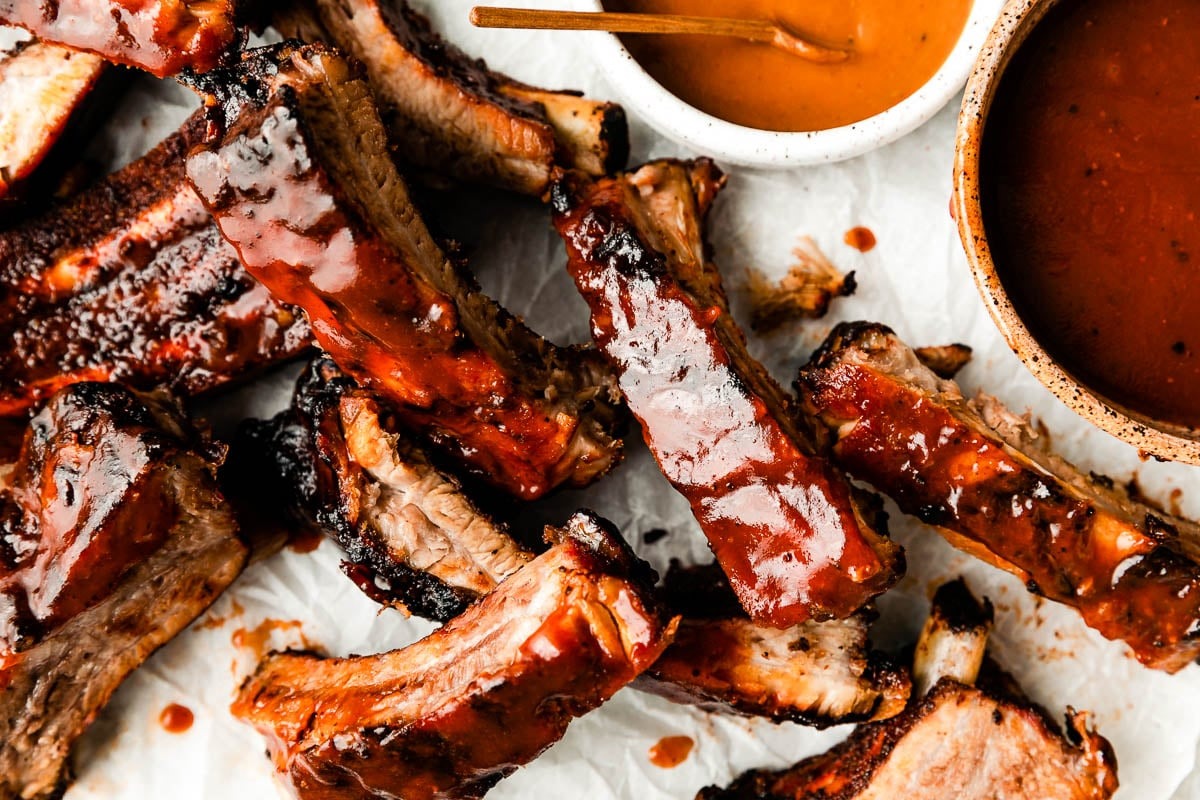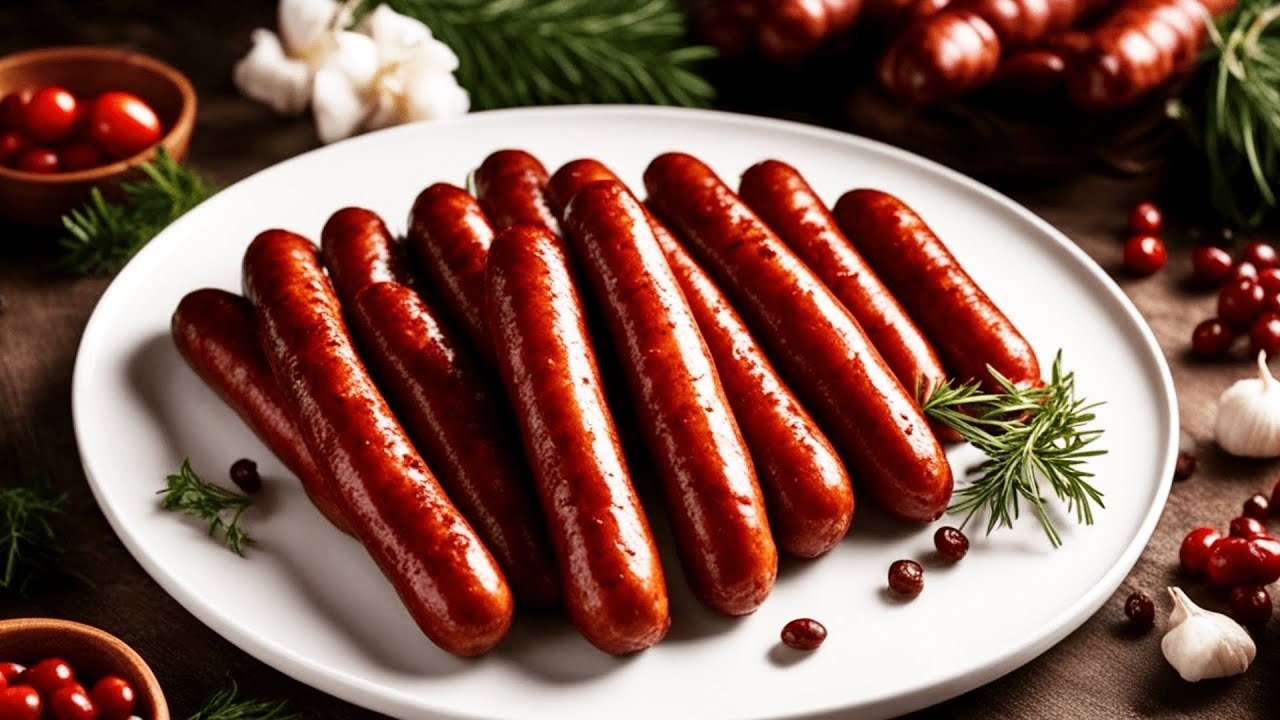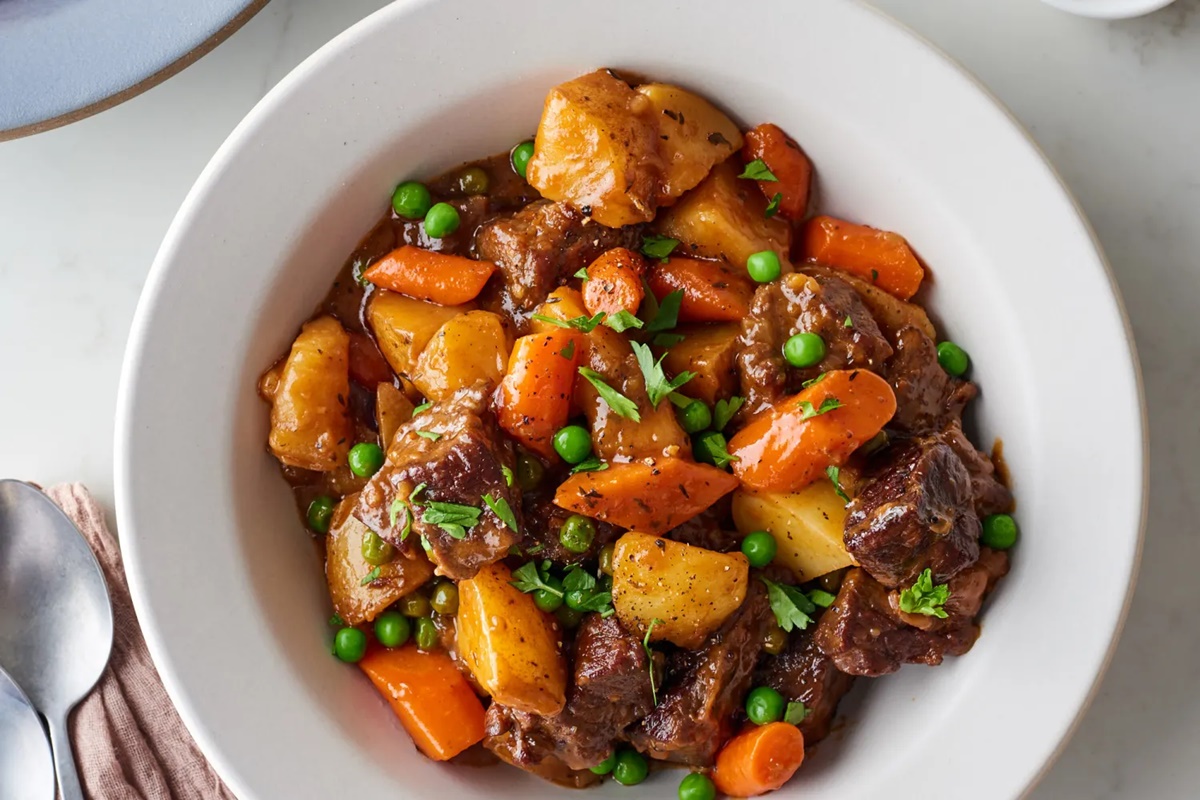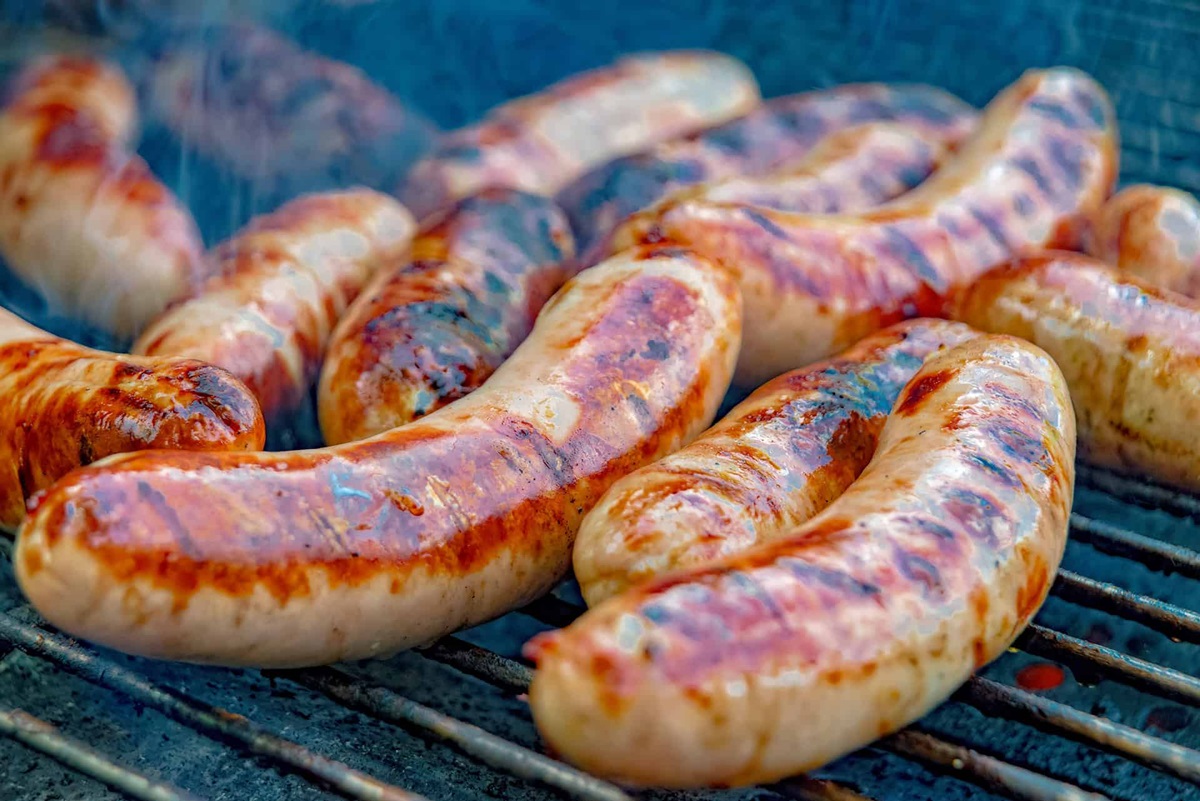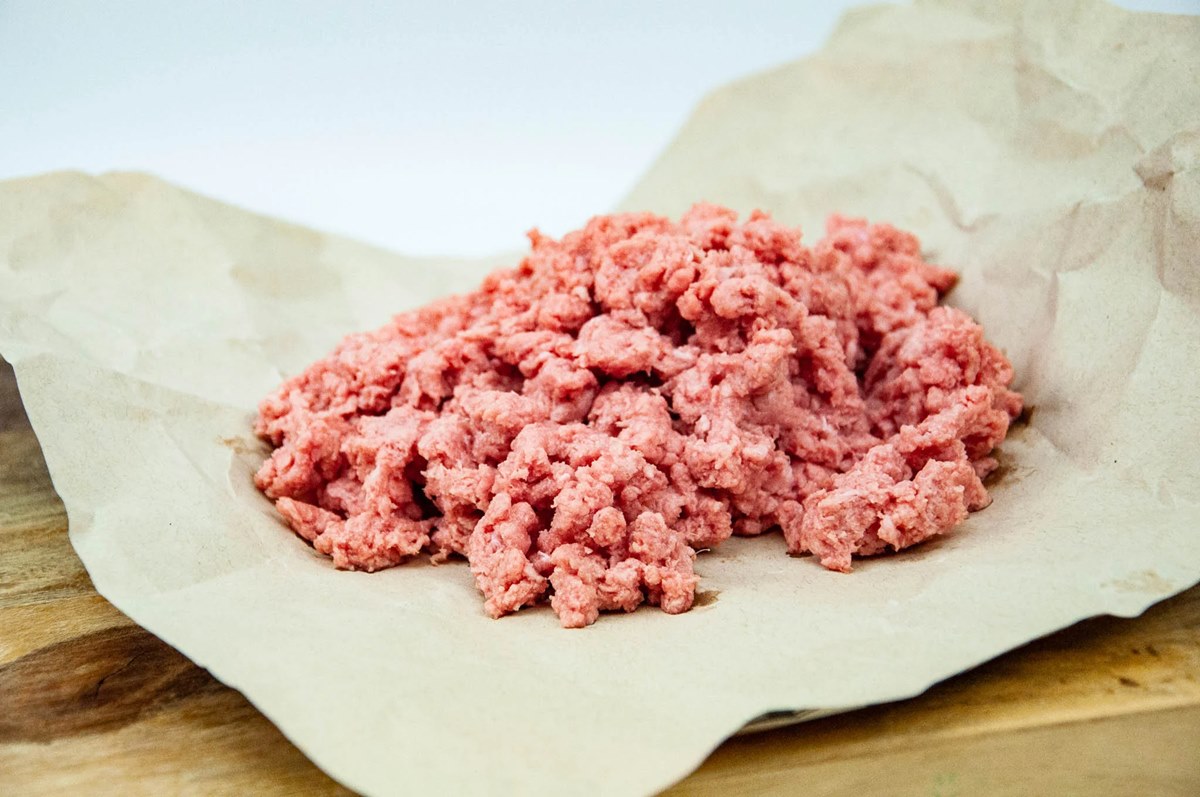Mastering the Art of Cooking Pizza in a Gas Pizza Oven
When it comes to creating mouth-watering and perfectly cooked pizza, using a gas pizza oven can be a game-changer. The combination of precise temperature control and even heat distribution makes it a popular choice among pizza aficionados. If you are looking to take your pizza-making skills to the next level, here are some expert tips to help you become a maestro of the gas pizza oven:
1. Preheat the Oven for Optimal Results
To achieve that crispy yet chewy crust and perfectly melted cheese, preheating your gas pizza oven is essential. Set the temperature dial to the recommended range for the type of pizza you are making. A high temperature of around 450-500°F (230-260°C) works well for thin and Neapolitan-style pizzas, while a slightly lower temperature of 400-450°F (200-230°C) is ideal for thicker or stuffed crust pizzas.
2. Use a Pizza Stone or Baking Steel
For that authentic pizzeria experience, place a pizza stone or baking steel on the oven rack before preheating. These heat-retaining surfaces help distribute the heat evenly and absorb excess moisture from the dough, resulting in a crispy base. Preheat the stone or steel along with the oven to ensure an even cooking surface.
3. Optimize the Gas Flame Height
Adjusting the gas flame height is crucial to control the cooking temperature inside the oven. For a classic, evenly-cooked pizza, aim for a flame height that reaches the top of the pizza without touching it. This allows the heat to surround the pizza and cook it evenly from top to bottom.
4. Give the Dough a Head Start
Gently place your pizza dough on a lightly floured surface and stretch it out to your desired thickness. Before adding the toppings, cook the dough for a minute or two on the gas pizza oven’s cooking surface. This will help create a sturdy base and prevent the dough from becoming soggy.
5. Rotate for Uniform Crust Browning
While cooking your pizza, make sure to rotate it periodically. This ensures that the crust browns evenly, avoiding any burnt spots. Use a pizza peel or long tongs to rotate the pizza halfway through the cooking process, allowing all sides to receive the same amount of heat.
6. Monitor Cooking Time
Every gas pizza oven is unique, so it’s essential to keep a close eye on the cooking time. On average, pizzas take around 8-12 minutes to bake in a gas oven, but this can vary depending on the thickness of the dough and the toppings used. Check the pizza periodically to determine when it is perfectly cooked to your liking.
7. Finish with Style
Once your pizza is beautifully cooked, it’s time to add the finishing touches. Consider fresh herbs like basil or arugula, a drizzle of extra virgin olive oil, or a sprinkle of grated Parmesan cheese to elevate the flavors. Get creative and experiment with different toppings to make your pizza truly unique.
With these expert tips, you are well on your way to becoming a gas pizza oven maestro. Embrace the art of pizza-making, and enjoy creating delicious homemade pies that will impress even the most discerning pizza lovers!
Explore More Recipes and Ways to Use Your Gas Pizza Oven
Once you've mastered the techniques of using a gas pizza oven, the culinary possibilities are endless. Experiment with a variety of pizza recipes that cater to different tastes and preferences. For a classic choice, the classic margherita pizza recipe offers a timeless flavor with its simple yet delicious combination of fresh tomatoes, mozzarella, and basil. Those craving something with a bit more zest might try the spicy sausage jalapeno pizza recipe, which provides a fiery kick. For a unique twist, the fig goat cheese pizza balsamic glaze recipe blends sweet and savory notes, making it an intriguing choice for your next meal. Each recipe utilizes the gas oven's ability to perfectly crisp the crust while melting the toppings just right, ensuring every slice is as enjoyable as the next.
Was this page helpful?
Read Next: How To Cook Frozen Lasagna In Air Fryer Oven


